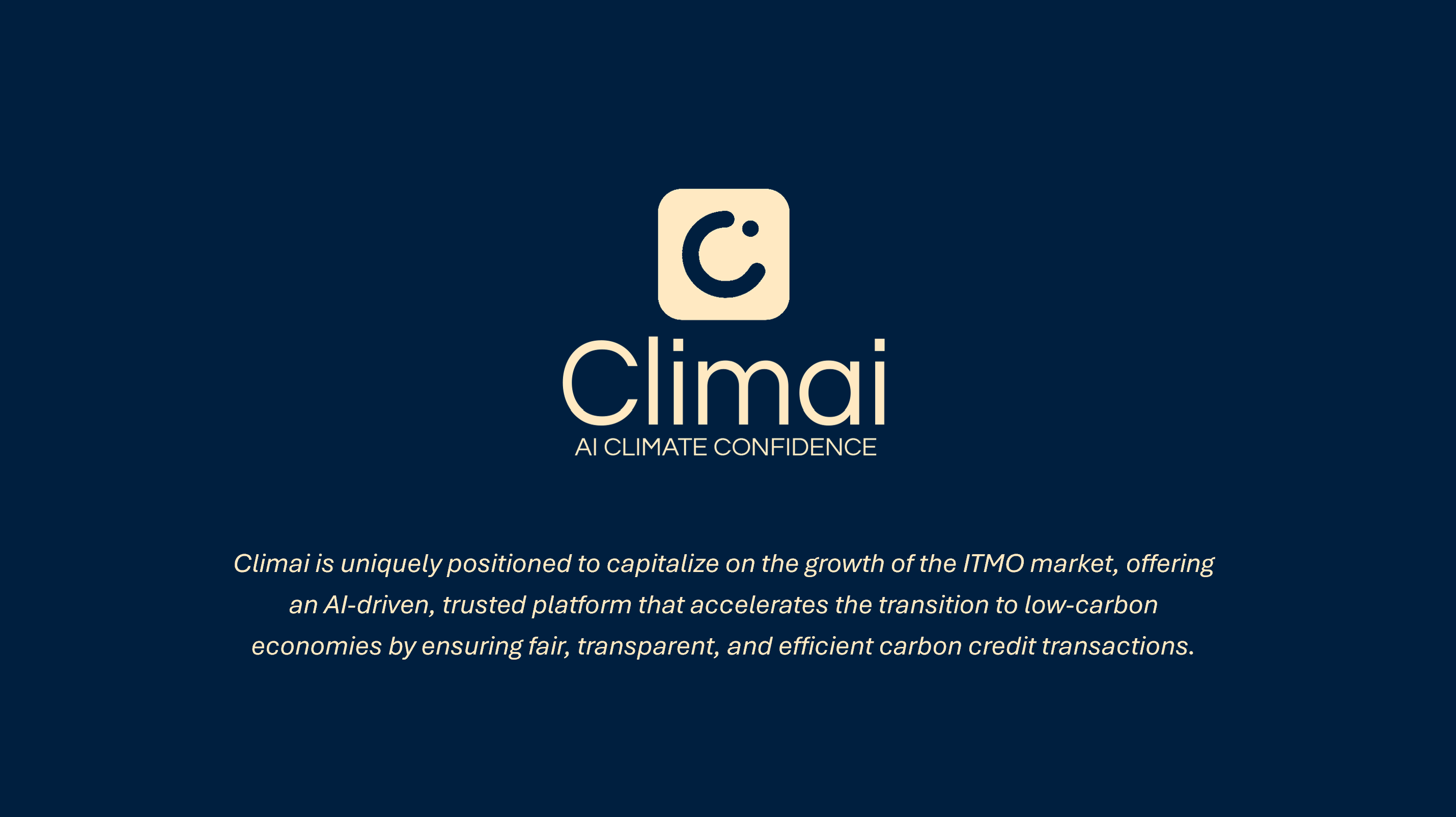Last November, at COP29 held in Baku, Azerbaijan, 196 participating countries reaffirmed their global commitment to combating climate change. Dubbed the “Finance COP,” the conference focused primarily on defining the New Collective Quantified Goal on Climate Finance (NCQG) under the 2015 Paris Agreement. The NCQG aims to serve as a mechanism to ensure the financial resources necessary for both climate adaptation and mitigation, enabling developed countries to fulfill their financial contributions. This initiative fosters international cooperation and shared responsibility in striving to achieve the goals of the Paris Agreement.
In the shadow of climate change, a new kind of currency is emerging — a currency measured not in gold or paper, but in emissions. Carbon credits have become the cornerstone of a global effort to balance economic development and environmental responsibility. Yet, they are not merely tools for offsetting emissions; they are part of a complex financial system that echoes the intricacies of monetary policy.
Imagine this: a nation’s carbon credits are like its currency. For a currency to be strong, it must be in demand, carefully managed in supply, and underpinned by a robust economy and transparent governance. These same principles apply to carbon credits. Their value hinges on the credibility of their issuance and the confidence they inspire in international markets.

The Parallels Between Money and Carbon Credits
Currency, at its core, is an instrument of trust. A strong currency reflects a nation’s ability to govern its economy, sustain trade surpluses, and maintain institutional stability. It is not just the paper or digital note that holds value — it is the confidence in the systems that back it.
Carbon credits follow a similar trajectory. Nations with transparent emissions inventories and robust mechanisms to issue and track credits create a strong foundation for trust. These credits, when governed effectively, become sought-after assets in the global carbon market. Their demand grows not just because companies or nations need to offset emissions but because these credits are seen as reliable, verifiable, and aligned with broader climate commitments.
Think of the Correspondence Adjustment (CA), a mechanism under the Paris Agreement, as a central tool in this financial ecosystem. CA ensures that carbon credits used in international cooperation are not counted twice — a safeguard as essential to the carbon market as fiscal policy is to monetary systems. By maintaining this integrity, CA builds a foundation of trust that enhances the value of carbon credits.
The Power of a Well-Managed ETS
If carbon credits are currency, then the Emissions Trading System (ETS) is the central bank. The effectiveness of an ETS lies in its ability to balance supply and demand, much like a central bank adjusts interest rates to stabilize an economy.
An ETS that operates efficiently instills confidence in both domestic and international markets. It sets clear rules for how credits are issued, traded, and retired, ensuring predictability and transparency. Nations with strong ETS frameworks — where credit issuance is carefully regulated — can leverage these systems to build trust in their carbon policies.
On the other hand, the absence of a functioning ETS or a poorly managed one undermines confidence in a country’s carbon market. It signals to the global community that the nation may struggle to deliver on its climate promises, reducing the attractiveness of its carbon credits.
Voluntary vs. ITMO Credits: A Strategic Choice
Within the carbon market, two primary types of credits exist: voluntary credits and credits issued under the Internationally Transferred Mitigation Outcomes (ITMO) framework. Voluntary credits have traditionally dominated, but their value often fluctuates due to varying standards and a lack of regulatory oversight.
ITMO credits, however, represent a higher standard. Their value is enhanced by the credibility of Correspondence Adjustment and the backing of national climate commitments. Countries with streamlined processes for issuing Letters of Authorization (LOA) and flexible CA policies can attract more voluntary projects to align with ITMO standards.
This shift is strategic. Nations that encourage voluntary projects to adopt ITMO standards effectively elevate the value of their carbon credits, positioning themselves as leaders in the global carbon market.
Carbon Credits as Strategic Assets
The potential of carbon credits extends beyond emissions reductions. They are strategic assets in a nation’s arsenal, offering opportunities for global influence, economic innovation, and sustainable growth. By aligning carbon policies with broader economic goals, nations can use their credits to secure partnerships, attract investment, and strengthen their international standing.
However, this requires vision. It demands a commitment to transparency, a willingness to innovate, and a recognition of carbon as more than an environmental challenge — it is a financial opportunity.
The Road Ahead
As we look to the future, carbon credits hold the potential to redefine the global climate lanscape. They are not just tools for achieving net-zero goals but instruments of trust, collaboration, and progress. By managing emissions with the precision of monetary policy, nations can transform carbon from a liability into a currency of hope — a currency that powers the transition to a sustainable global economy.
The game has begun, and the stakes are high. But with the right strategies, the right systems, and the right vision, we can win — not just for ourselves, but for the generations to come.

Binh Bui is the founder of TraceVerified, a pioneer in digital traceability and climate solutions. His work has been recognized globally, including contributions to initiatives like the CapFish-Capture project in Cambodia and publications on FAO Open Knowledge.



